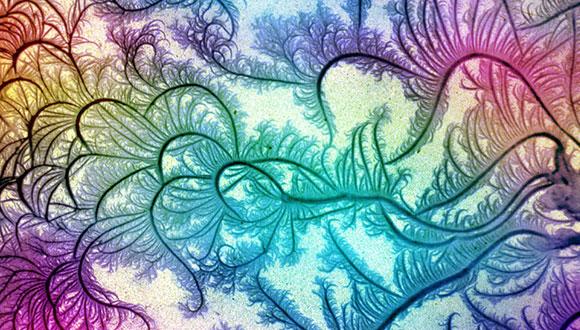Condensed Matter Seminar: Simulating spin systems with dissipative-coupled lasers
Prof. Nir Davidson, WIS
Abstract:
Besides their potential for high brightness sources, coupled laser networks reveal intriguing physics. First, very large arrays of >1000 lasers with nearest-neighbor coupling are shown to rapidly “dissipate” into long-range phase ordering, identical to the ground state of a corresponding XY spin Hamiltonian [1]. For negative coupling "anti-ferromagnetic" phase order is observed, which reveals "geometric frustration" in a Kagome lattice [1] and odd-numbered rings [2]. Second, arrays of coupled lasers with fluctuating lengths reveal phase and power fluctuations that agree with extreme value distributions of random matrices [3,4]. Thirdly, long range dissipative coupling is used for real-time wave-front shaping through scattering media [5], for controlling spatial coherence [6], and for observing “quantum” phase transitions for spin-like systems with quenched disorder [7]. Fourthly, complex laser networks with homogeneous time delayed coupling are shown to divide into phase-synchronized or chaos-synchronized clusters where the number of clusters is the greatest common divider of the number of lasers in simply connected loops [8-10]. Finally, complex light fields stored in warm atomic media are shown to reveal identical dissipative dynamics into a ground state of a corresponding continuous Hamiltonian [11].
-
"Observing Frustrated Magnetism with Thousands of Coupled Lasers", M. Nixon, E. Ronen, A. Friesem and N. Davidson, Phys. Rev. Lett. 110, 184102 (2013).
-
"Phase locking of even and odd number of lasers on a ring geometry: effects of topological-charge", V. Pal, C. Trandonsky, R. Chirki, G. Barach, A. A. Friesem and N. Davidson, Optics Express, in press.
-
"Measuring maximal eigenvalue distribution of Wishart random matrices with coupled lasers", M. Fridman, R. Pugatch, M. Nixon, A. A. Friesem, and N. Davidson, Phys. Rev. E 85, 020101 (R) (2012).
-
"Phase-locking-level statistics in coupled random fiber lasers", Moti Fridman, Rami Pugatch, Micha Nixon, Asher A. Friesem, and Nir Davidson, Phys. Rev. E. 86, 041142 (2012).
-
"Real-time wavefront-shaping through scattering media by all optical feedback", M. Nixon, O. Katz, E. Small, Y. Bromberg, A. A. Friesem, Y. Silberberg, and N. Davidson, Nature Photonics 7, 919 (2013).
-
"Efficient method for controlling the spatial coherence of a laser", M. Nixon, B. Redding, A. A. Friesem, H. Cao and N. Davidson, Opt. Lett. 38, 3858 (2013).
-
"Emergence of coherence in disordered arrays of coupled nonlinear oscillators", E. Ronen, M. Nixon, A. Friesem and N. Davidson, submitted.
-
"Synchronized Cluster Formation in Coupled Laser Networks", M. Nixon, M. Fridman, E. Ronen, A. A. Friesem, N. Davidson and I. Kanter, Phys. Rev. Lett. 106, 223901 (2011).
-
"Controlling synchronization in large laser networks", M. Nixon, M. Fridman, E. Ronen, A. A. Friesem, N. Davidson and I. Kanter, Phys. Rev. Lett. 108, 214101 (2012).
-
"Coupled lasers: phase versus chaos synchronization", I. Reidler, M. Nixon, Y. Aviad, S. Guberman, A. A. Friesem, M. Rosenbluh, N. Davidson and I. Kanter, Opt. Lett. 38, 4174 (2013).
-
"Coherent Diffusion of Polaritons in Atomic Media", O. Firstenberg, M. Shuker, A. Ron, and N. Davidson, Rev. Mod. Phys. 85, 941 (2013).
Seminar Organizer: Prof. Shimshon Barad


